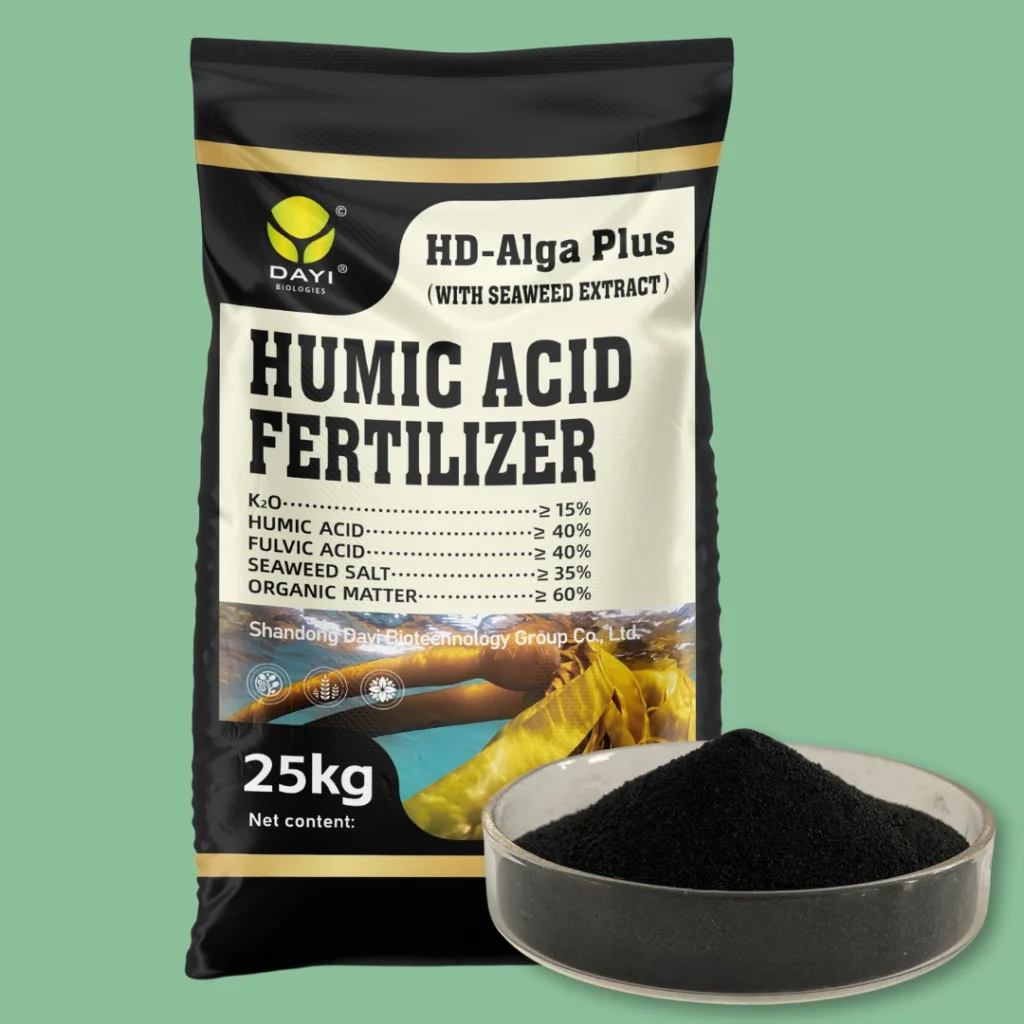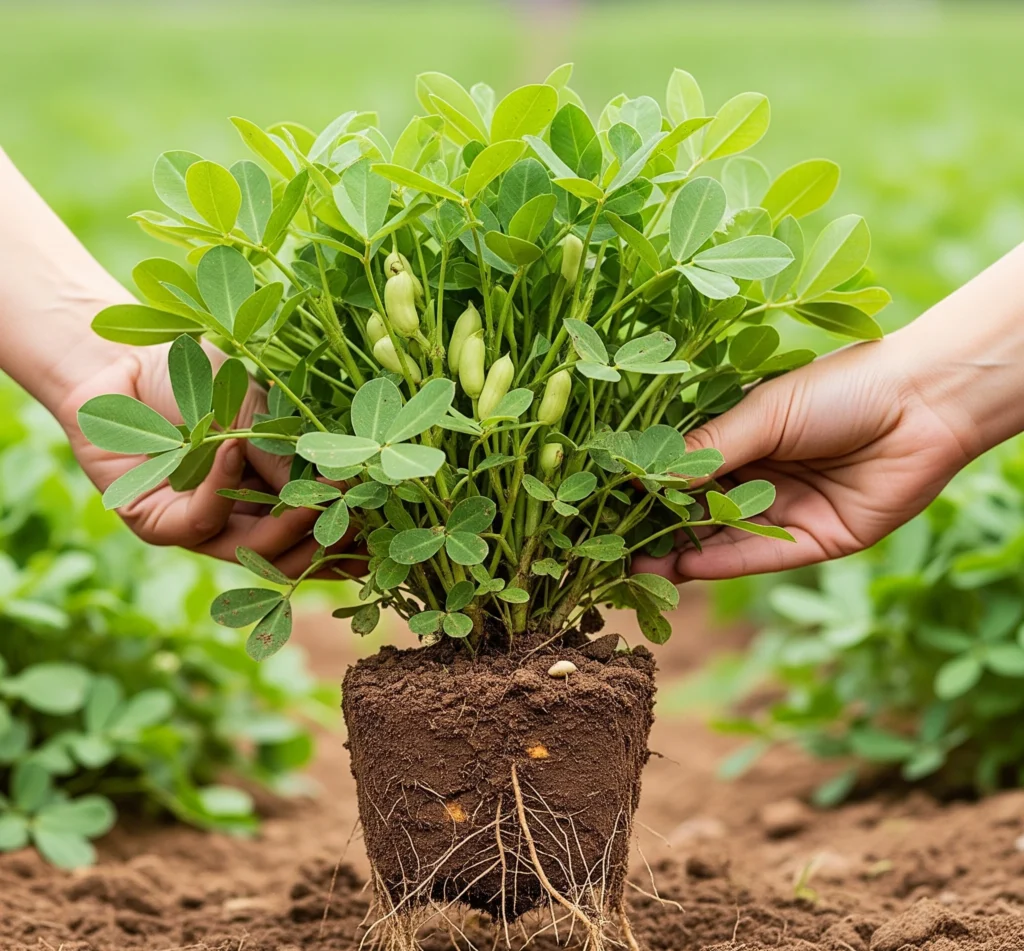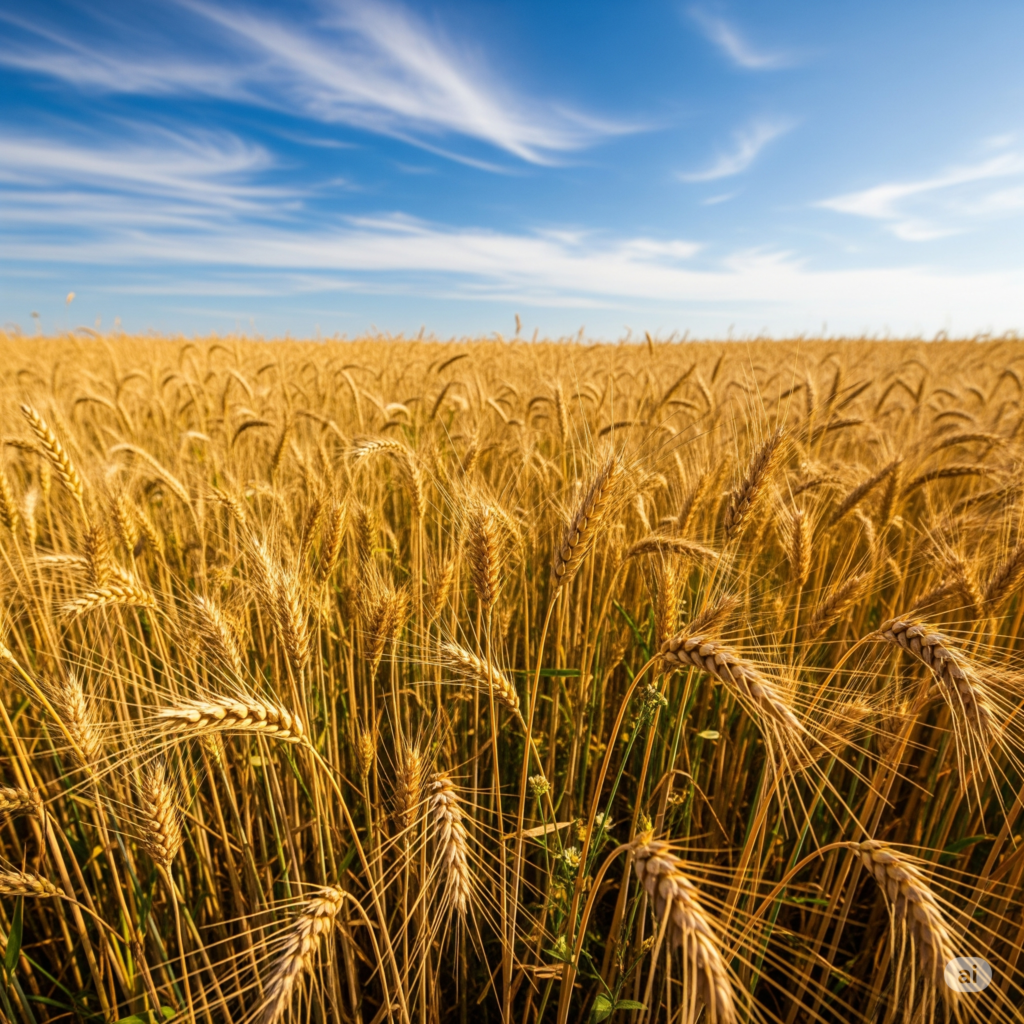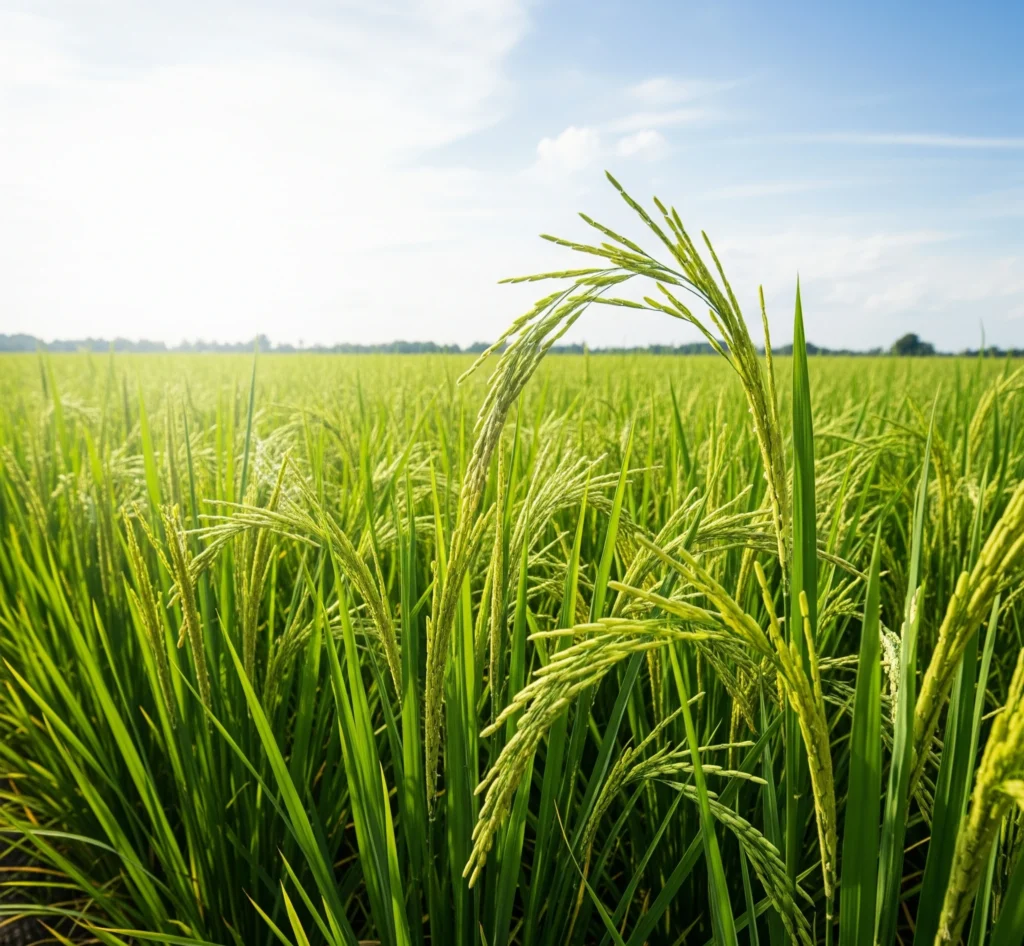Peanuts, often mistakenly called nuts, are in fact a fascinating legume crop, renowned for their unique underground development and their rich contribution to global diets and industries. From the ubiquitous peanut butter and crunchy snacks to cooking oil and animal feed, groundnuts (Arachis hypogaea) are an indispensable source of protein and healthy fats. Their distinctive growth habit, where pods form beneath the soil, makes their cultivation both intriguing and specific. As a nitrogen-fixing legume, peanuts also contribute to enriching soil fertility. This comprehensive guide will explore the essentials of cultivating healthy peanuts, detailing optimal growing conditions, effective protection strategies, and general care, while highlighting how advanced plant nutrition can truly elevate their health and yield potential.
Understanding Peanuts (Groundnuts): The Underground Legume
Peanuts possess a unique reproductive process called “geocarpy,” where the flowers develop above ground but the fertilized ovules, called “pegs,” penetrate the soil to develop into pods. This ensures the protection and proper development of the seeds. Key types of peanuts include:
- Runner: High-yielding, uniform kernel size, preferred for peanut butter.
- Virginia: Larger kernels, often used for roasting and gourmet snacks.
- Spanish: Smaller, reddish-brown kernels, high oil content, used in candies and peanut oil.
- Valencia: Sweet, often used for boiling or roasting in the shell, typically 3-5 kernels per pod. Like other legumes, peanuts form a symbiotic relationship with beneficial soil bacteria (Rhizobium) in their root nodules, allowing them to convert atmospheric nitrogen into a usable form for the plant.
Cultivation Essentials: Laying the Foundation for Success
- Best Planting Time: Peanuts are a warm-season crop requiring a long, warm growing season. They should be planted after the danger of all frost has passed and when soil temperatures are consistently above 18∘C (65∘F), ideally reaching 21∘C (70∘F). In many regions, this means planting in late spring to early summer. Planting into cold soil can significantly hinder germination and lead to poor stand establishment.
- Suitable Soil and Weather Conditions:
- Soil: Peanuts have a very specific soil requirement due to their underground pod development. They thrive best in loose, well-drained, sandy loam soils that allow for easy penetration of the pegs and proper pod development. Heavy clay soils or compacted soils are detrimental as they restrict peg penetration. An optimal soil pH range is generally 5.9 to 7.0. Adequate Calcium (Ca) in the podding zone is crucial for proper kernel fill.
- Weather:
- Peanuts are a warm-season crop and require a long, consistently warm, and sunny growing season, typically 120 to 160 days without frost.
- Optimal temperatures for growth and development are generally between 25∘C to 30∘C (77-86°F).
- Consistent warmth and adequate moisture are critical, especially during the flowering, pegging, and pod development stages.
- General Precautions for Healthy Growth:
- Soil Preparation: Ensure the soil is loose and well-tilled to facilitate pegging.
- Drainage: Proper drainage is essential to prevent waterlogging, which can cause root and pod diseases.
- Moisture Consistency: Avoid drought stress, particularly during flowering and pod development, as this can severely reduce yields.
- Crop Rotation: Implement regular crop rotation (at least 3 years) to break disease cycles and manage soil-borne pests.
Protecting Your Peanuts: Threats and Strategies
Peanut crops can face various challenges from pests and diseases that impact yield and quality. An integrated pest and disease management approach is essential.
- Pests:
- Southern Corn Rootworm, Lesser Cornstalk Borer: Can damage roots and developing pods underground.
- Aphids: Sap-sucking insects that can stunt growth and transmit viruses.
- Spider Mites: Can cause bronzing of leaves in hot, dry conditions.
- Protection: Utilize resistant varieties, practice crop rotation, employ timely planting, encourage natural enemies, and apply targeted insecticides only when scouting indicates economic thresholds are met.
- Diseases (Primarily Fungal):
- Early and Late Leaf Spot: (Most common) Cause circular lesions on leaves, leading to premature defoliation and yield loss.
- Rust: Appears as reddish-brown pustules on leaves.
- Southern Blight (Sclerotium rolfsii): A soil-borne disease causing rot at the soil line and on pods.
- Aspergillus flavus: A fungal concern that can produce aflatoxins in kernels, particularly under drought stress or improper storage.
- Protection: Use resistant varieties, apply fungicidal seed treatments, practice good crop rotation, ensure proper plant spacing for air circulation, and apply foliar fungicides timely to manage leaf spot and rust. Good harvest practices minimize aflatoxin risk.
- Viral Diseases:
- Peanut Stunt Virus, Peanut Mottle Virus: Both transmitted by aphids, causing mosaic patterns, mottling, and stunting.
- Protection: Use resistant varieties, control aphid populations, and manage alternative host weeds.
General Care for Thriving Peanuts
- Nutrient Management: As nitrogen-fixing legumes, peanuts require minimal supplemental nitrogen if nitrogen fixation is efficient. However, they have a high demand for Phosphorus (P), Potassium (K), and especially Calcium (Ca). Calcium is critical for pod development and kernel fill, and it must be available in the soil where the pods are forming. Conduct soil tests to determine exact nutrient needs and apply fertilizers as recommended.
- Water Management: Consistent moisture is crucial for peanuts, particularly during the flowering, pegging, and pod development stages (approximately 60 to 110 days after planting). Drought stress during these periods can severely impact yield and quality. Provide supplemental irrigation if rainfall is insufficient.
- Weed Control: Effective weed management is very important, especially during the early growth stages, as weeds compete for resources and can physically interfere with peg penetration into the soil. Employ an integrated strategy of cultural practices and judicious herbicide use.
- Hilling/Cultivation: Gentle hilling or cultivation around the base of the plant can help pegs penetrate the soil more easily, but care must be taken not to disturb existing pegs or developing pods.
- Monitoring: Consistent field scouting throughout the growing season is vital for early detection of nutrient deficiencies, pest infestations, or disease symptoms. Prompt identification allows for timely and effective interventions.
- Harvesting: Peanuts are harvested when most of the pods are mature and the plants begin to yellow. The plants are typically dug or inverted to allow the pods to dry in the field before combining. Timely harvest minimizes losses and ensures optimal quality.
Best Countries for Peanut Cultivation: Peanuts are widely cultivated in tropical and subtropical regions globally. Leading producers include:
- China
- India
- Nigeria
- United States
- Sudan
- Senegal
- Myanmar
- Argentina
- Indonesia
- Vietnam
Dayi’s Solution: Optimizing Peanut Nutrition with Humic Acid + Seaweed Extract
At Shandong Dayi Biotechnology Group Co., Ltd., we are dedicated to helping farmers achieve peak productivity and quality from their peanut crops. Our Humic Acid Fertilizer (With Seaweed Extract) provides a powerful nutritional advantage that directly supports robust peanut growth, especially in its unique underground development. The humic acid component significantly improves soil structure, creating a looser, more friable environment that is absolutely essential for the successful penetration of peanut pegs and the proper development of pods underground. It also greatly enhances soil water retention, ensuring consistent moisture availability during the critical flowering, pegging, and pod fill stages, which are highly sensitive to drought. Furthermore, humic acid stimulates beneficial soil microbial activity, which is vital for efficient nitrogen fixation by symbiotic bacteria in peanut root nodules. It also promotes robust root systems, improving overall nutrient uptake, particularly crucial for calcium delivery to the developing pods. Complementing this, the seaweed extract delivers a rich blend of natural plant growth hormones, vital trace elements (including naturally occurring calcium which is often vital for peanuts), and amino acids. These bioactive compounds stimulate vigorous vegetative growth, enhance flowering, boost pegging rates, and bolster the peanut plant’s inherent resilience against environmental stresses such as heat and drought. The synergistic action of these ingredients ensures that peanut plants develop extensive, highly efficient root systems, optimize nitrogen fixation and nutrient use efficiency, and exhibit enhanced resilience, ultimately leading to significantly higher yields of quality peanuts with excellent kernel fill.
Leveraging our advanced “Microbial+” technology and unwavering commitment to sustainable solutions, Shandong Dayi Biotechnology Group Co., Ltd. is at the forefront of innovation in plant protection, empowering farmers to achieve more bountiful and healthy harvests.




